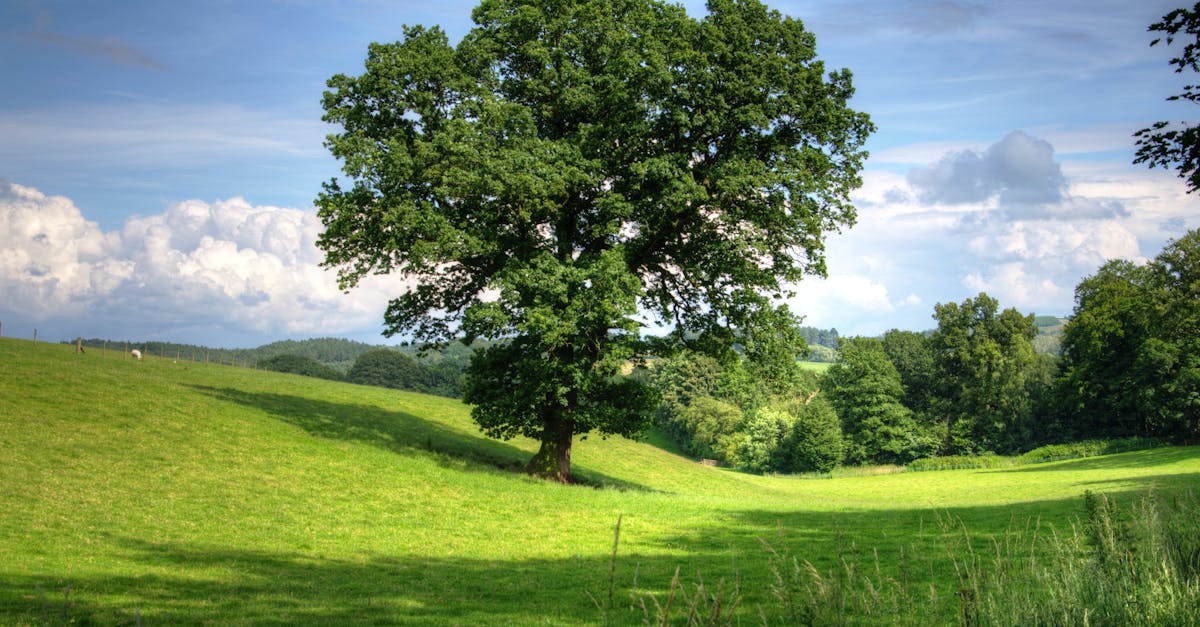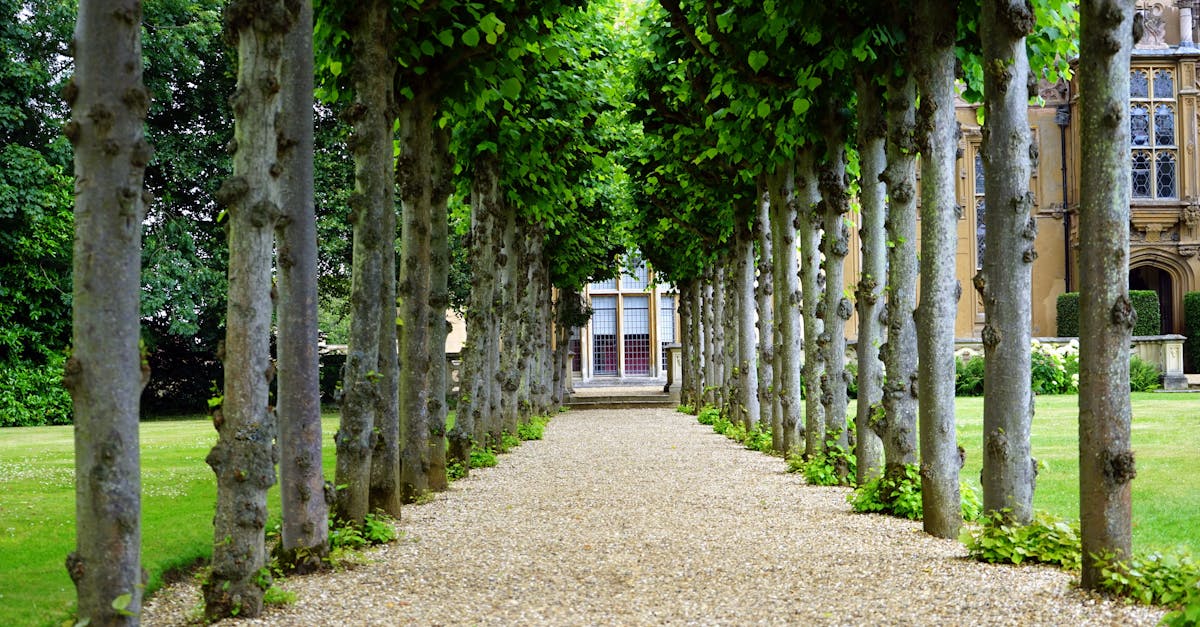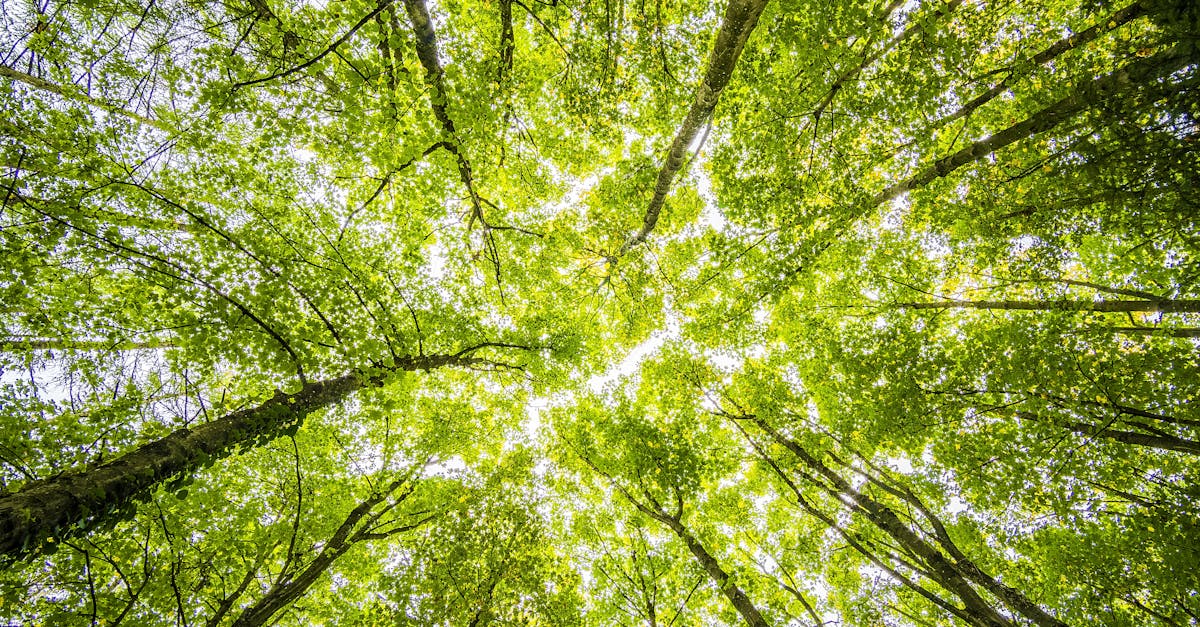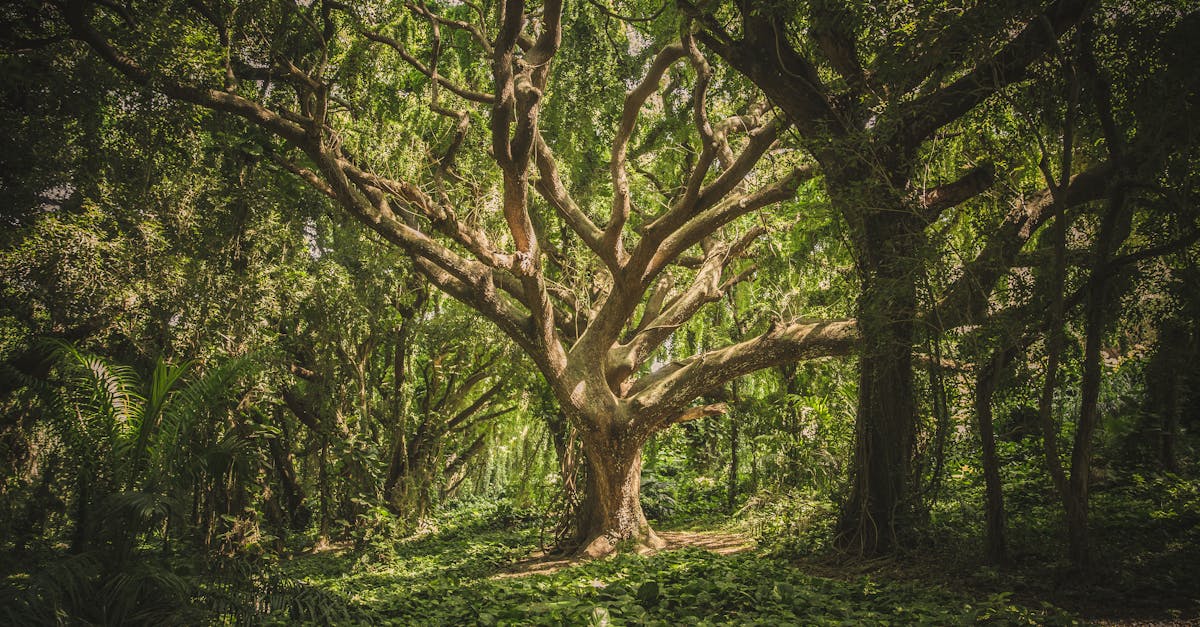
Providing Support
When considering the vital step of providing support during tree planting, it is important to assess the tree's size and health to determine if stakes or ties are necessary for stability. Tree Planting near me requires attention to detail in ensuring that the newly planted tree can establish itself securely in the soil. Stakes and ties offer additional support especially in areas with strong winds or inclement weather conditions, reducing the risk of the tree being uprooted or damaged. Ensuring that the tree is well-supported provides a solid foundation for growth and development, setting it on a path towards thriving in its new environment. Proper support during the initial planting phase is crucial for the long-term health and stability of the tree.
Use stakes or ties to support the tree if necessary
When planting a tree, it is important to consider providing adequate support to help the young tree grow strong and stable. One common method to support a tree is by using stakes or ties when necessary. This is particularly important in areas with strong winds or in locations where the tree may be vulnerable to being knocked over. By securely tying the tree to stakes, you can prevent it from swaying excessively and encourage vertical growth, promoting a healthier and more robust tree. A quick search for "Tree Planting near me" can help you find local resources or professionals who can provide guidance on the proper support needed for your specific tree species and location.
Additionally, when using stakes or ties to support a tree, ensure that they are not too constrictive or tightly bound to the tree. The ties should be secure enough to hold the tree upright but loose enough to allow for some movement and natural growth. Regularly monitor the ties to avoid them cutting into the bark as the tree expands. Proper support during the early stages of growth will help the tree establish itself firmly in the soil, setting a strong foundation for healthy development and longevity. By taking these simple steps, you can contribute to the successful growth and well-being of your newly planted tree.
Pruning and Maintenance
After planting a tree, it's important to regularly assess its growth and overall health. Pruning, the process of trimming damaged or overgrown branches, is crucial to encourage proper tree development. By trimming branches promptly, it helps the tree allocate resources efficiently for healthy growth. Monitoring the tree regularly can ensure that any issues are addressed promptly to promote its well-being. If you want to find experts for Tree Planting near me, inquiring about their pruning and maintenance services is essential to keep your trees in optimal condition.
Apart from pruning, maintaining the tree involves various tasks such as monitoring its growth patterns and making adjustments accordingly. Regularly checking for any signs of disease or pests is crucial in ensuring the tree's longevity. Prompt action against pests or diseases can prevent them from causing significant harm to the tree. Implementing a proactive maintenance plan not only keeps the tree healthy but also enhances its overall appearance and strength. For those searching for effective ways to care for their trees, seeking professional guidance for Tree Planting near me can offer valuable insights into maintaining the health and longevity of the newly planted trees.
Trim any damaged branches and monitor tree growth
Trimming any damaged branches is essential to ensure the health and growth of a newly planted tree. By removing any broken or diseased branches, you help the tree allocate its energy more efficiently towards new growth. Monitoring the tree's growth is also crucial, as it allows you to track its progress and promptly address any issues that may arise. Regularly checking on the tree's development will enable you to provide the necessary care and maintenance, ensuring its successful establishment in its new environment. Tree Planting near me requires attention to detail and consistent monitoring to promote optimal growth and longevity.
Observing the tree's growth patterns over time provides valuable insight into its overall health and well-being. Noting any significant changes in growth rate or appearance can indicate potential issues that need to be addressed promptly. By staying attentive to the tree's development, you can identify any potential problems early on and take the necessary steps to maintain its health and vitality. Monitoring the tree's growth is an ongoing process that requires patience and diligence, but the rewards of a thriving, beautiful tree make the effort worthwhile in the end. Tree Planting near me involves a commitment to regular monitoring and care to ensure the tree's long-term success and prosperity in its new location.
Protecting from Pests and Diseases
Once the tree is successfully planted and started to grow, it is essential to protect it from pests and diseases to ensure its healthy development. Implementing preventive measures is key to maintaining the tree's well-being. Regularly inspecting the tree for any signs of pests or diseases is crucial. By being vigilant and catching any issues early on, you can prevent them from causing significant harm to the tree. Additionally, incorporating organic pest control methods can help deter pests without introducing harmful chemicals to the environment.
When considering protecting the tree from diseases, proper plant care is vital. Providing the tree with adequate nutrients and water is essential for building its natural defenses against diseases. Mulching around the base of the tree can also help regulate soil temperature and moisture levels, creating a less hospitable environment for disease development. Taking proactive steps to protect the tree from pests and diseases will contribute to its longevity and overall health. For more information on tree care, reach out to Tree Planting near me for expert advice.
Implement preventive measures to keep the tree healthy
Implementing preventive measures is crucial to maintaining the health of newly planted trees. One of the most important steps is to regularly inspect the tree for signs of pests or diseases. By identifying potential issues early on, you can take prompt action to address them and prevent any widespread damage to the tree. Additionally, selecting the right location for planting is key to minimizing the risk of pest infestations. Ensuring adequate sunlight, soil drainage, and proper spacing between trees can help create an environment that is less conducive to pests and diseases.
Incorporating practices such as proper watering, mulching, and fertilizing can also help promote the overall health of the tree. Watering the tree consistently, especially during dry periods, is essential to prevent stress and dehydration. Applying mulch around the base of the tree can help retain moisture, regulate soil temperature, and deter weed growth. Choosing the right type of fertilizer and following recommended application guidelines can provide the tree with essential nutrients for optimal growth. By following these preventive measures, you can create a favorable environment for your tree to thrive and contribute to a vibrant ecosystem. Tree Planting near me.
FAQS
What is the first step to plant a tree?
The first step to plant a tree is to choose a suitable location with adequate sunlight and good soil drainage.
How can I provide support to a newly planted tree?
Use stakes or ties to support the tree if necessary, especially in windy areas or for taller trees.
Why is pruning important after planting a tree?
Pruning is important to trim any damaged branches and promote healthy growth of the tree.
How can I protect my tree from pests and diseases?
Implement preventive measures such as regular inspection, proper watering, and applying organic pesticides to keep the tree healthy and protect it from pests and diseases.
What are some common signs of tree distress after planting?
Common signs of tree distress after planting include wilting leaves, yellowing foliage, and stunted growth. Monitor the tree closely for any such signs and take necessary actions to address them.


